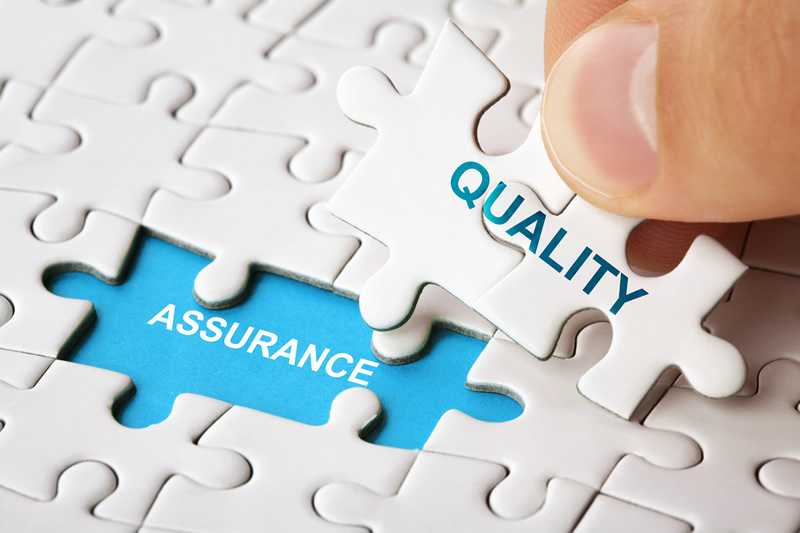In an increasingly globalized world, accurate and consistent translation is vital for effective communication across cultures and languages. Quality assurance (QA) in translation is a critical aspect of the translation industry, ensuring that translated content meets the highest standards of accuracy, readability, and cultural appropriateness. This article delves into the processes, standards, tools, and techniques used in the translation industry to maintain and enhance the quality of translation projects.
The Importance of Quality Assurance in Translation
Quality assurance in translation involves systematic processes to ensure that translations are accurate, consistent, and culturally appropriate. High-quality translations are crucial for various reasons:
- Credibility and Professionalism: Accurate translations reflect the professionalism and credibility of the organization.
- Regulatory Compliance: In sectors like legal, medical, and technical, precise translations are necessary for compliance with regulations.
- User Experience: Consistent and clear translations enhance the user experience and satisfaction.
- Brand Integrity: Maintaining a consistent brand voice across languages is vital for global brand recognition and integrity.
Key Processes in Translation Quality Assurance
1. Translation and Review Process
The translation process typically involves several stages to ensure quality:
- Initial Translation: A professional translator with expertise in the subject matter performs the initial translation.
- Editing: Another linguist reviews the translation to correct any errors and improve readability.
- Proofreading: A final review focuses on catching any remaining errors, including grammatical, typographical, and formatting issues.
- Client Review: In some cases, the client may review the translation to ensure it meets their specific needs and preferences.
2. Bilingual and Monolingual Reviews
- Bilingual Review: A bilingual reviewer compares the source text and the translated text to ensure accuracy and fidelity to the original content.
- Monolingual Review: A native speaker of the target language reviews the translated text to ensure it is fluent and natural.
3. In-Country Review
For translations intended for specific locales, an in-country review is performed by a native speaker who understands the local context and nuances. This step ensures that the translation is culturally appropriate and resonates with the target audience.
Standards in Translation Quality Assurance
1. ISO 17100
The ISO 17100 standard specifies the requirements for translation services, including the qualifications of translators, project management processes, and quality assurance procedures. Adherence to this standard ensures that translation services meet international benchmarks for quality.
2. ASTM F2575
The ASTM F2575 standard provides guidelines for the quality of language translation. It outlines the responsibilities of the client and the translation service provider, as well as the processes to be followed to achieve high-quality translations.
Tools and Techniques for Quality Assurance
1. Computer-Assisted Translation (CAT) Tools
CAT tools assist translators by providing features like translation memory (TM) and terminology databases. These tools enhance consistency and efficiency:
- Translation Memory: Stores previously translated segments and suggests them when the same or similar text appears, ensuring consistency.
- Terminology Databases: Maintain a glossary of terms to ensure consistent use of terminology across the translation.
2. Quality Assurance Software
Specialized QA software, such as Xbench, Verifika, and SDL Trados Studio, checks translations for errors in spelling, grammar, punctuation, terminology consistency, and formatting. These tools automate parts of the QA process, making it more efficient and reliable.
3. Style Guides and Glossaries
- Style Guides: Provide translators with guidelines on writing style, tone, and formatting to ensure consistency across all translated content.
- Glossaries: Include approved translations of terms specific to the client’s industry or company to maintain consistency in terminology usage.
4. Back-Translation
Back-translation involves translating the translated text back into the source language by a different translator. This technique helps identify discrepancies and ensure that the original meaning is accurately conveyed.
5. Linguistic QA Checklists
QA checklists guide reviewers through a systematic process of checking various aspects of the translation, including accuracy, consistency, fluency, and cultural appropriateness.
Best Practices for Ensuring Translation Quality
- Qualified Translators: Ensure that translators are highly qualified and experienced in the subject matter.
- Comprehensive Briefing: Provide translators with detailed briefs, including context, target audience, and specific requirements.
- Continuous Training: Invest in continuous training and development for translators to keep them updated on industry standards and tools.
- Client Collaboration: Collaborate closely with clients to understand their needs and preferences, and incorporate their feedback into the translation process.
Recapping
Quality assurance in translation is a multifaceted process that involves meticulous planning, the use of advanced tools, adherence to international standards, and the expertise of skilled translators. By implementing robust QA processes and leveraging the latest technology, translation service providers can ensure that their outputs are accurate, consistent, and culturally appropriate, thereby meeting the diverse needs of global clients and audiences.


